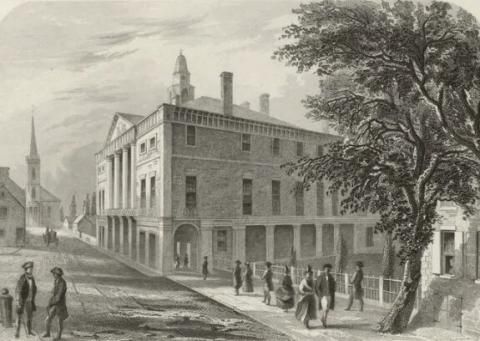
Amendment Nine to the Constitution was ratified on December 15, 1791. It clarifies that the document is not a comprehensive list of every right of the citizen, and that the yet-unnamed rights are entitled to protection by the law. The original text is written as such:
“The enumeration in the Constitution, of certain rights, shall not be construed to deny or disparage others retained by the people.”
The origin of the “enumerated rights” concept traces back to the debates surrounding the Constitution’s ratification. In response to the Anti-Federalists’ demand for a bill of rights to be added to the Constitution, some of the Federalists asserted that if such a bill was made, there would be a dangerous implication that those would be the only rights the citizenry would have. To ease these pertinent concerns, James Madison created a series of twelve proposed amendments to be added to the Constitution. His initial proposal surrounding the enumerated rights had him argue to Congress that these new stipulations would be integrated into the original language of the Constitution, as opposed to being in a separate list. After a second meeting between Madison and a Select Committee, his proposals were rephrased into a list of amendments, including the enumerated rights having its own listing.
In modern times, the applicability and purpose of the Ninth Amendment has been argued and interpreted in different ways. Some argued that the enumerated rights refer to the supposed “collective rights” of the citizenry, while others have contended that it encapsulates every possible right expressed and implied by the Constitution, the Declaration of Independence, and the many bills of rights and other declarations that were written in the Revolutionary period. A dilemma surrounding the Ninth Amendment is that although it forbids the government from restricting the enumerated rights of the citizen, it does not directly affirm the existence of the rights. Supreme Court decisions through the 20th century have been interpreted as foundational steps for newer civil rights arguments to emerge, including marital privacy, abortion, and anti-discrimination. The Ninth Amendment was designed in part to clear out the ambiguity surrounding rights that went unaddressed, yet in so doing produced centuries of historical and political inquiry as to how these rights exist in American society.